
Opposing helices for floating stability
When we first look at the anatomy of the leg we see muscles in a diagonal formation. When we look further at how the muscles are connected and how they relate to fascial lines in a broader context, we find that the individual sections are part of a much longer course of fascia. The sheaths of fascia wrap in multiples layers like an opposing double helix around the entire leg.
Tension on these opposing helices will affect the entire leg. The volume of the leg remains the same, but with this floating tension the leg will stretch lengthwise, which in turn relieves undue pressure on the joints. Each joint along the line of these fascial lines will float as a result of the tension.
Global tension and local compression
The uninterrupted course of the fascial line draws the leg together as one functional unit. It is the exact same tension that holds the hip, knee and ankle joints floating and centered. When there is a complaint in any of these joints, we cannot simply look at the area that is affected without taking the entire leg into account. If there is any disruption along the fascial line, the leg as a whole is compromised as a result. This means all of the joints along that line will in one way or another also be affected.
The opposing helices are present throughout the entire body in an uninterrupted continuum, meaning that everything really is connected. Specifically in the torso you will find this helically wound fascial sheaths. If the tension is balanced and correct, they pull the torso together and bring the joints, and in this case the intervertebral discs, into a state of floating tension.
If the tension is balanced, the joint or disc as it may be will provide a given range of motion but it transmits no force. The cartilage is then a sliding surface whereas the force being transmitted is passed along to the myofascial layers. As a result compression exists on on the bone.
Arthritis: not a point of no return
If the floating tension collapses, the bones that were once floating will press into the joint. This causes pressure and wear and the cartilage becomes damaged. This can lead to arthritis.
Circulation in cartilage is very limited, and this is why damage heals rather poorly. Because the cartilage itself is not innervated, pain is not perceived here. The pain caused in arthritis is a result of the abrasion of the cartilage, because these pieces of worn cartilage attach themselves to the joint capsule and cause painful inflammation. The joint capsule shrinks and thus restricts mobility.
A solution is to use exercises targeted at bringing back the floating tension of the opposing helical fascia. This will create the floating effect again. The situation with the cartilage is no longer crucial to the health of the joint. Studies show that the intensity of pain experienced in osteoarthritis is only loosely associated with the condition of the cartilage.
Heavy work for ankles, knees and hips
The joints of the leg carry a heavy load. Our hips, knees and ankles carry our body weight throughout the entire day. In everyday walking and in some sports, however, we speak mostly about the vertical fascial lines. These allow for walking and running, as well as movements such as squats.
The opposing helical fascia lines are mainly absent in these activities. It's then no surprise that our legs are prone to quite a bit of wear and tear. Cartilage particles that wear down from abrasion attach themselves to the joint capsule. This becomes inflamed and shrinks. The result is the pain of osteoarthritis. In the case of severe arthrosis, an artificial knee or hip joint may be needed.
Perhaps we don't have to get to that point. Through targeted stretching exercises we can create more mobility in the shrunken joint capsule and regain a normal range of motion. Even more important, however, is to tighten up the floating tension of the opposing double helices that wrap around the hip, knee and ankle. As a result, the joints float, the pressure on the cartilage is relieved and can benefit from a greater range of motion. The nutrient rich synovial fluid flows around its surface. This allows small damages to heal over time.
Exercise Sequence
Regardless of whether you have a damaged joint or not, this sequence is going to be of great benefit for you. They all cultivate floating tension across the joints. The exercises systematically address the muscles running diagonally, which are those part of the opposing double helices and they all relieve pressure in the joints.
Junebug - Hand and foot circles
Start supine on the floor. Extend your arms and legs straight up. Begin to circle the feet and hands (Fig.1).
This may seem simple at first. After a while, you will clearly perceive the activation in the forearms and calves. Then change the direction of the circles. Keep going until you feel the intense warmth of the fascial activation.
Option: If you want to optimize the efficacy of the exercise and focus on the legs, you will need a chair and a large box of rice. Sit down in front of the rice box and circle the feet (Fig. 2). You can also do the exact same to focus on the wrists as well.
Effect: This exercise activates the helical fascial tension of the wrists and ankles. The wrists and ankles cultivate floating tension.
Foot Windshield Wipers - Knee rotation
Sit comfortably on the floor. Bend the left knee to 90 degrees and place the foot on the floor. Then flex your foot so that the ankle is also approximately at 90 degrees.
Take both hands to either side of the knee and feel for a joint space between the femur (femur condyle) and the tibial plateau (tibia condulus). In this space the menisci glide with every movement and adapt the two cartilage surfaces to one another.
Rotate the shin bone back and forth. You will feel the movement of the lower leg relative to the thigh and you will be able to palpitate the movement of the menisci with your hands. Your foot moves like a windshield wiper from side to side (Fig. 3).
Continue until the gliding becomes smoother and you can feel the activation of the helices across the knee joint. Repeat on the second side.
Effect: This exercise activates the helical fascia that spans across the knee joint. Roughly speaking they can be divided into an inner helix (vastus lateralus, m. popliteus, medial parapatis fibers, m. adductor longus). If the opposing helices are harmoniously stretched, they will create the floating tension in the knee which will improve the joints overall health.
Leg rotation- seated
Sit comfortably upright, feeling free to use your hands to support your posture. Stretch your leg as long as possible and rotate the femur outward. Extend your leg as far as possible as you rotate the femur inwards. In both movements we are initiating the movement at the hip joint.
Continue until you sense a light fatigue in the deep muscles of the hip. Then repeat on the other leg.
Effect: Lifting the leg from an upright seat activates the muscles in the anterior side of the hip joint. The rotation activates the diagonal fascia from the hip joint. These are part of the double opposing helix in the region of the hip.
Have fun practicing!
Teacher: Dr. Ronald Steiner
Yogini: Kumiko Weber Sakaguchi
Photographer: Paul Königer
Apparel: OGNX
-

Anja Bush
3 weeks agoDiese Übungen sind für mein und das vieler Teilnehmern essentiell,
Knieprobleme si d einfach sehr verbreitet und immer wieder Thema in meinen Stunden.Danke für diese schönen einfachen Übungen. Anja Diese Übungen sind für mein und das vieler Teilnehmern essentiell,
Knieprobleme si d einfach sehr verbreitet und immer wieder Thema in meinen Stunden.Danke für diese schönen einfachen Übungen. Anja-
Wau. Freue mich. Wau. Freue mich.
-
-

Andreas Behr
at 19.09.2024Super, gibt es Studien zu diesen Übungen für das Knie? Super, gibt es Studien zu diesen Übungen für das Knie?
-
Hallo Andreas,
Leider gibt es so direkt keine veröffentlichte wissenschaftliche Studie zu dieser Übung konkret.
- Die Übung wurde von mir entwickelt und es gibt viel positive Erfahrung dazu.
[...] Hallo Andreas,
Leider gibt es so direkt keine veröffentlichte wissenschaftliche Studie zu dieser Übung konkret.
- Die Übung wurde von mir entwickelt und es gibt viel positive Erfahrung dazu.
Namaste und bis ganz bald
Ronald
-
-

Bianca Bernhardt
at 06.06.2023 -
-
Sehr gute Info als Nachschlagen nach dem MTC. Werde versuchen, das vor dem Yoga oder vor dem Joggen zu machen. Sehr gute Info als Nachschlagen nach dem MTC. Werde versuchen, das vor dem Yoga oder vor dem Joggen zu machen.
-
Diese Übungen sind absolut Top. Vermutlich die effektivsten für gesunde Beine. Seit einer Weile habe ich auf dieser Sequenz aufbauend eine noch etwas effektivere Abfolge entwickelt. Die unterrichte [...] Diese Übungen sind absolut Top. Vermutlich die effektivsten für gesunde Beine. Seit einer Weile habe ich auf dieser Sequenz aufbauend eine noch etwas effektivere Abfolge entwickelt. Die unterrichte ich recht oft Mittwoch Abend in meiner Yogastunde.
-
Daran würde ich teilnehmen, wenn ich da nicht arbeiten müsste. ;-) Daran würde ich teilnehmen, wenn ich da nicht arbeiten müsste. ;-)
-
Die Sequenz habe ich aber auch schon gefilmt. Wir veröffentlichen sie ganz bald hier:
https://de.ashtangayoga.info/online-yogastudio/
Mit etwas Geduld kannst Du sie also auf diese Weise mitüben. [...] Die Sequenz habe ich aber auch schon gefilmt. Wir veröffentlichen sie ganz bald hier:
https://de.ashtangayoga.info/online-yogastudio/
Mit etwas Geduld kannst Du sie also auf diese Weise mitüben. Ich freue mich schon von Deinen Erfahrungen zu hören.
-
-

Renate Hörmann
at 31.01.2020Ein super Artikel. Mehr Videos zu Yogatherapie verstehen wären natürlich noch viel lehrreicher und anschaulicher.
Das wäre genial. Ein super Artikel. Mehr Videos zu Yogatherapie verstehen wären natürlich noch viel lehrreicher und anschaulicher.
Das wäre genial.-
Hallo Renate,
vielen Dank. Es kommen noch mehr Yoga-Therapie Online Tutorials - und viele sind ja schon online.
Viel Freude wünscht Dir
Ronald Hallo Renate,
vielen Dank. Es kommen noch mehr Yoga-Therapie Online Tutorials - und viele sind ja schon online.
Viel Freude wünscht Dir
Ronald
-
-

Christine Kehren
at 07.01.2020Danke für die Erklärung und Anregungen. Sehr einleuchtend. Aber muss man halt erstmal drauf kommen. Ich praktiziere nun regelmäßiger Faszien Yoga und spüre deutlich die Besserung in der Beweglichjeit [...] Danke für die Erklärung und Anregungen. Sehr einleuchtend. Aber muss man halt erstmal drauf kommen. Ich praktiziere nun regelmäßiger Faszien Yoga und spüre deutlich die Besserung in der Beweglichjeit und in den Gelenken.,
-
Viel Freude beim Üben! Viel Freude beim Üben!
-
-
-
Wau. Vielen lieben Dank. Wau. Vielen lieben Dank.
-
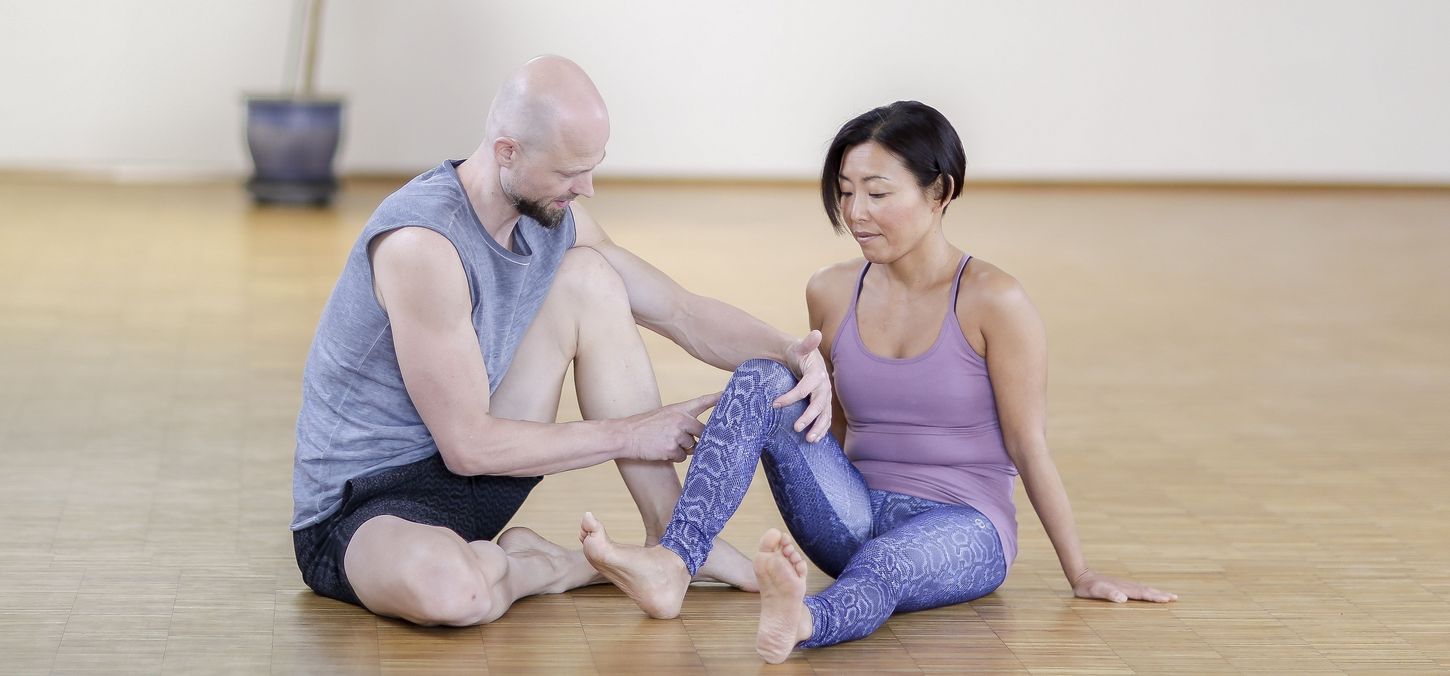

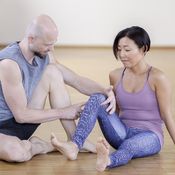
 Dr. Ronald Steiner
Dr. Ronald Steiner
 Kumiko Weber Sakaguchi
Kumiko Weber Sakaguchi
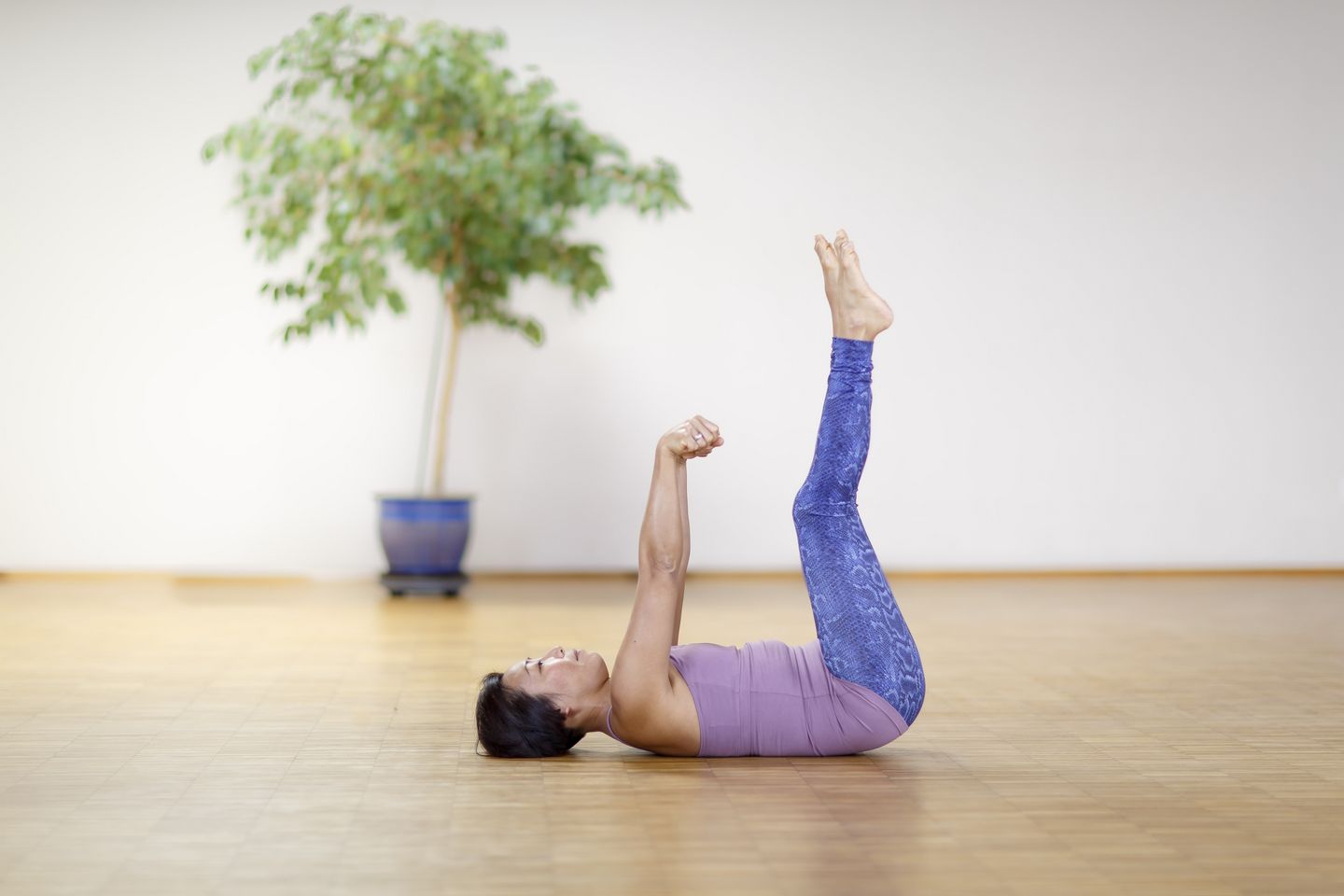
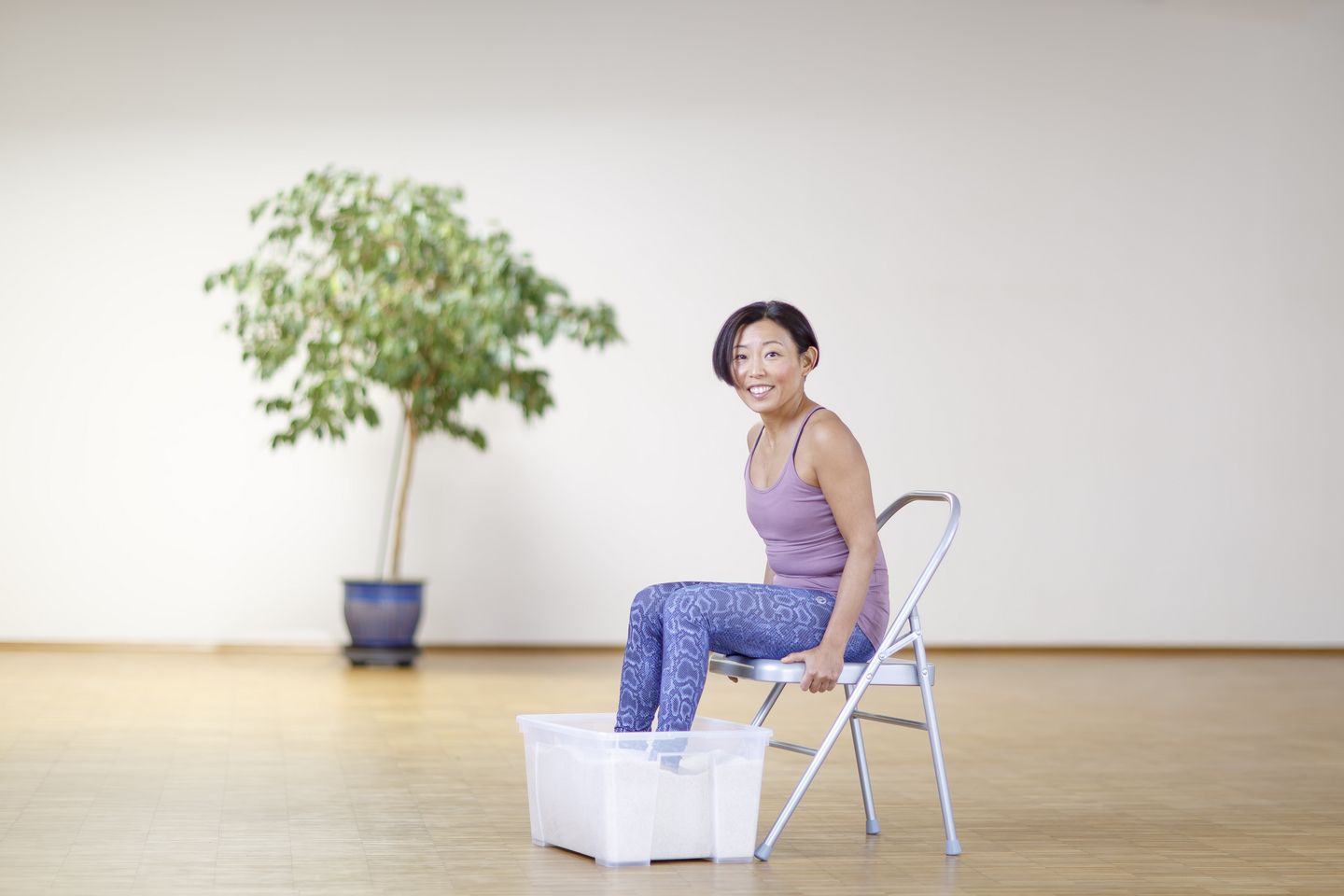
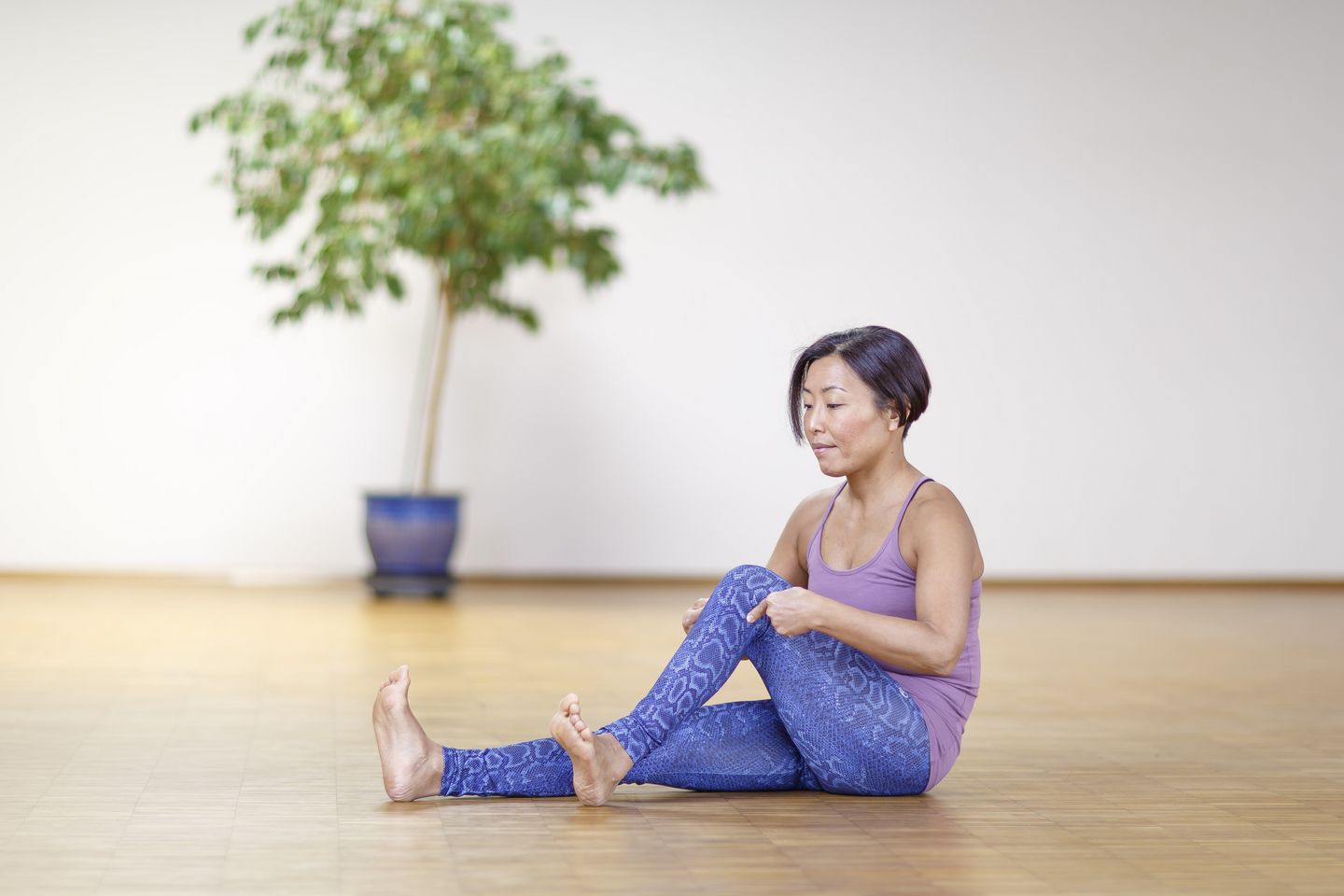
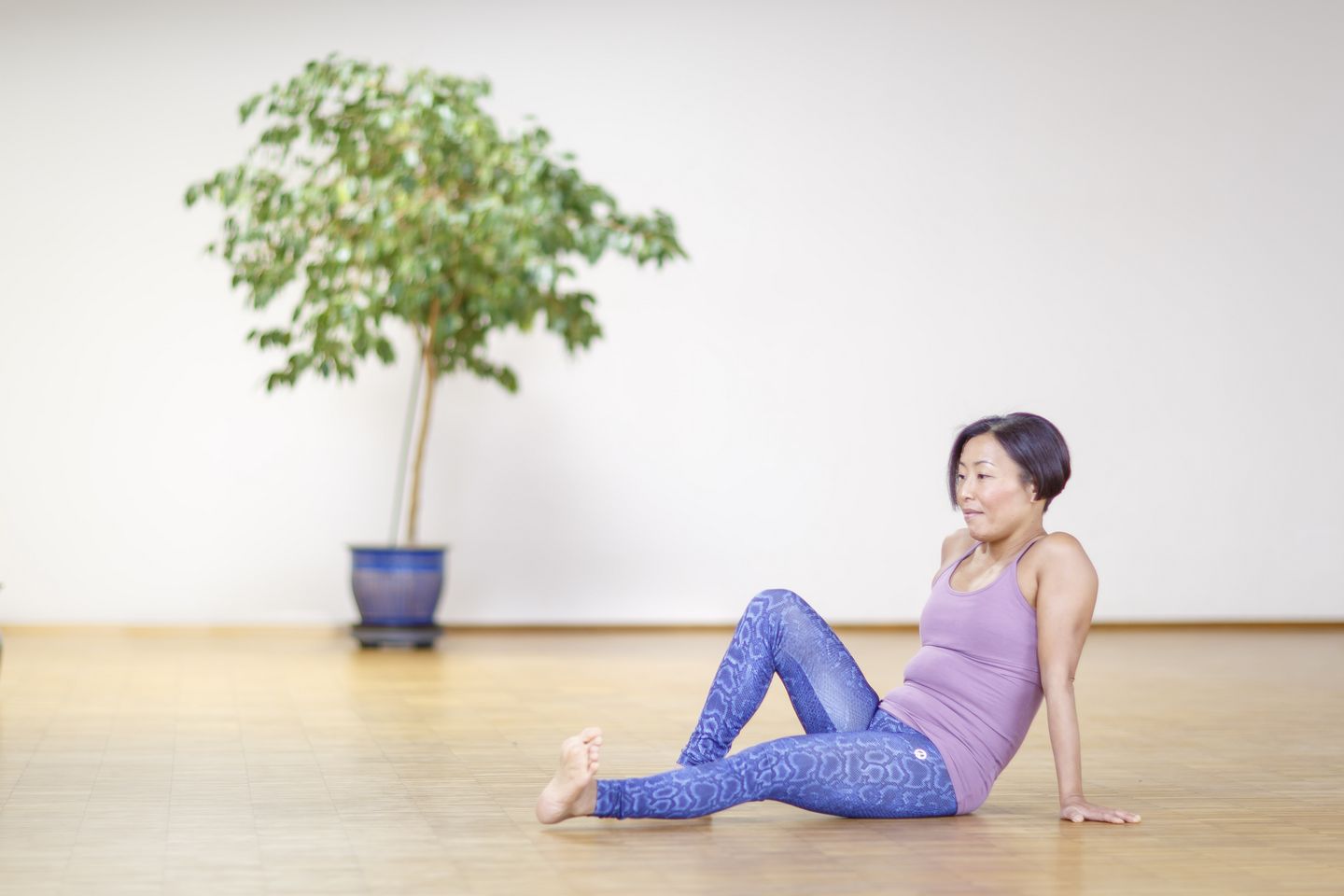




Messages and ratings